FIVE-STAR TEAM WARRANTY &
SAME-DAY SERVICE
Electrical Safety and Efficiency: Practical Tips for Homeowners
Electricity powers nearly everything we do at home from lighting our rooms to charging smartphones and running appliances. Because it’s so common, it’s easy to forget that electricity is also a potential source of fires, shocks and other hazards. The Electrical Safety Foundation International (ESFI) reports that home electrical fires cause an estimated 51,000 fires, nearly 500 deaths, more than 1,400 injuries and about $1.3 billion in property damage each year in the United States . Arcing faults start more than 28,000 home fires annually , and faulty receptacles account for 5,300 fires per year. These sobering statistics underscore why every homeowner needs to know how to manage electrical systems safely and efficiently.
This blog covers essential safety practices like installing ground‑fault circuit interrupters (GFCIs), replacing frayed cords and avoiding overloaded outlets—along with energy‑saving strategies such as unplugging idle devices and switching to long‑lasting LED bulbs. The tips draw on guidance from industry experts and government agencies and are written for non‑experts, so you can confidently improve your home’s safety and reduce utility costs.
Understanding the Risks
Before diving into specific tips, it helps to know why electrical safety matters. Electrical distribution systems rank as the third leading cause of home structure fires . These fires often stem from hidden problems such as damaged wiring, overloaded circuits or arc faults. Human error also plays a role when people plug too many devices into one outlet or keep flammable materials near heating equipment. Installing safety devices, following proper usage guidelines and maintaining your system can greatly reduce these risks.
10 Practical Electrical Safety Tips for Homeowners
1. Install Ground‑Fault Circuit Interrupters (GFCIs)
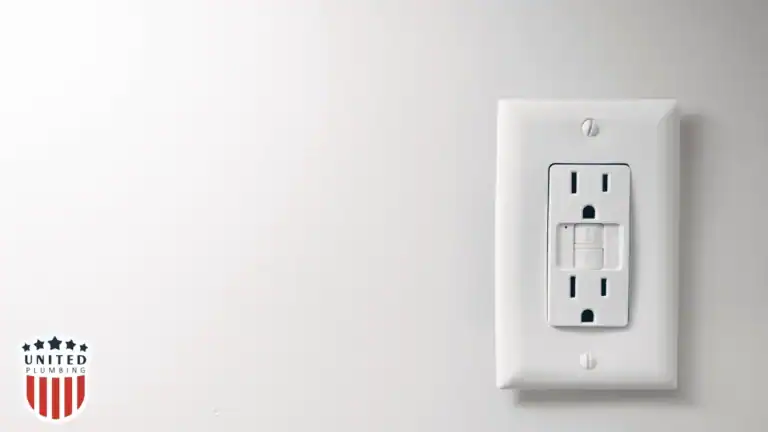
A GFCI is a special outlet that monitors the flow of current between hot and neutral wires and cuts power when it detects an imbalance. The U.S. Occupational Safety and Health Administration notes that GFCIs can interrupt a faulty circuit within as little as 1/40 of a second when the returning current differs by roughly five milliamperes . Because water increases the risk of shock, GFCIs are essential in kitchens, bathrooms, laundry rooms and outdoor receptacles. Many modern receptacles include built‑in GFCIs, or you can purchase plug‑in adapters for existing outlets.
2. Replace Damaged or Frayed Cords
Cords with worn insulation expose conductive wiring and increase the risk of a short circuit or electrocution. Even if a cord looks intact, repeated bending or pulling can cause hidden internal damage. Replace any cord with cracks, frays or burns . Avoid repairing a damaged cord with tape; it’s safer to replace it entirely.
3. Avoid Overloading Outlets
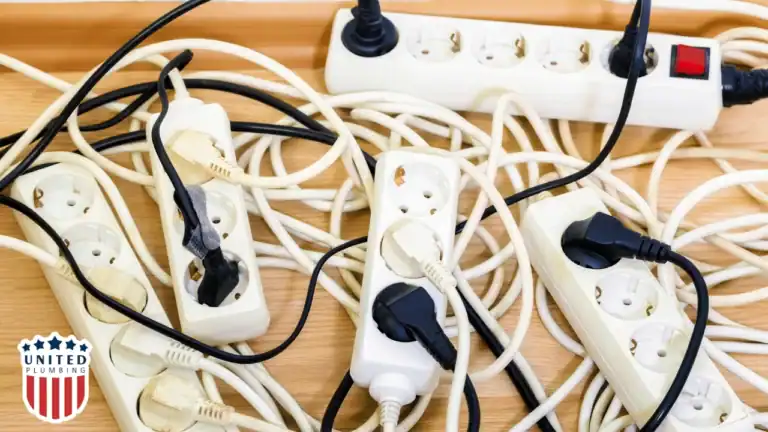
Overloading occurs when multiple high‑wattage devices draw more current than an outlet or circuit is rated for, which can cause overheating. Household outlets typically handle 15 to 20 amps at 120 volts, or about 1,800–2,400 watts . Use power strips with built‑in circuit breakers and consider hiring an electrician to install additional outlets if you frequently run out of receptacle space .
4. Keep Electrical Devices Away from Water
Water conducts electricity and can cause severe shock or short circuits. Keep appliances such as hairdryers, toasters and space heaters away from bathtubs and sinks, and dry your hands before touching devices . Outdoors, use weatherproof covers on outlets and ensure cords and plugs are rated for exterior use.
5. Unplug Appliances When Not in Use
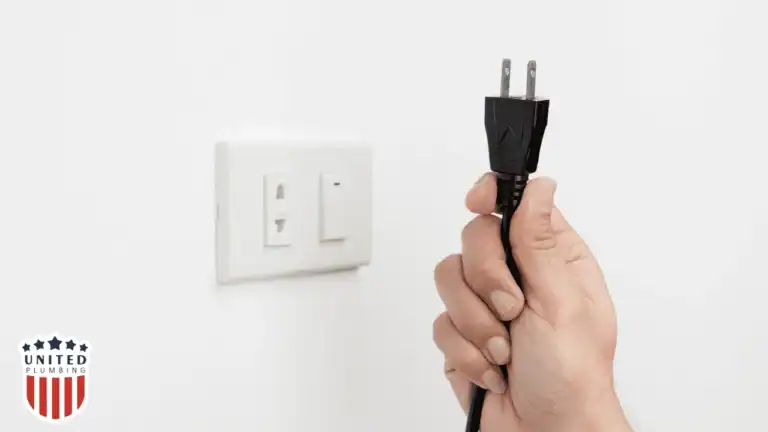
Electronics still draw a small amount of power when plugged in but turned off—a phenomenon known as standby or “vampire” power. The U.S. Department of Energy (DOE) says standby power can account for 5 % to 10 % of residential energy use and may cost the average household up to $100 per year . Unplugging devices you don’t use regularly and using power strips with switches help eliminate this waste .
6. Use Extension Cords Sparingly
Extension cords are a temporary solution for reaching a power source; they are not designed for permanent installation. Avoid plugging multiple high‑wattage devices into one cord, choose heavy‑duty cords that match the wattage of your appliances and unplug cords when not in use . Never run extension cords under rugs or through doorways where they can be damaged.
7. Choose the Correct Light Bulbs and Upgrade to LEDs
Each fixture has a maximum wattage recommendation. Installing a bulb with a higher wattage than recommended can overheat wiring and pose a fire hazard . Switching to light‑emitting diode (LED) bulbs reduces that risk and cuts energy consumption. LEDs convert 80 %–90 % of their energy into light and can last 25,000 hours or more, whereas incandescent bulbs may last around 1,000 hours . Although LEDs cost more upfront, their efficiency and longevity provide significant long‑term savings.
8. Keep Flammable Materials Away from Electrical Devices
Items like paper, cloth and plastics should be kept at a safe distance from heat‑producing appliances. ESFI recommends investing in smoke detectors and having fire extinguishers rated for electrical fires on hand . Install smoke detectors on every level of your home, inside bedrooms and outside sleeping areas , and test them monthly.
9. Use Childproof Outlet Covers
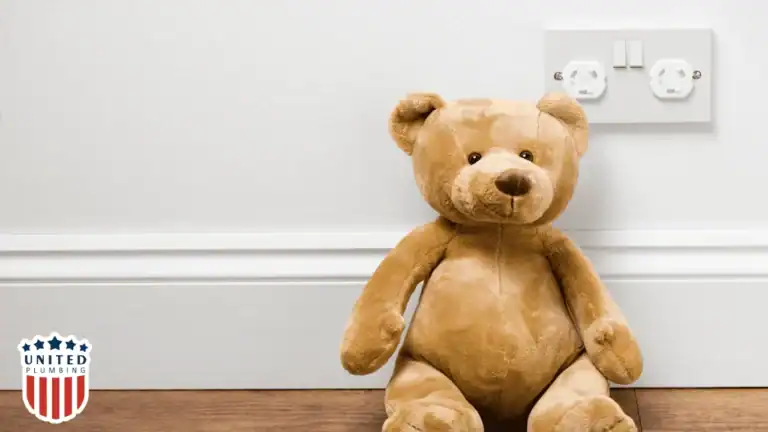
Curious children may stick fingers or objects into outlets, risking shock. Tamper‑resistant covers have spring‑loaded shutters over the live terminals that only open when the correct plug is inserted . Check that covers are secure and replace any that show signs of wear.
10. Hire a Licensed Electrician for Major Work
While DIY projects can save money, significant electrical work—such as rewiring, installing panels or upgrading service—should be performed by licensed professionals . Electricians ensure compliance with the National Electrical Code and local regulations, reducing the risk of fires and electrical shock. During inspections or renovations, ask about installing arc‑fault circuit interrupters (AFCIs), which can detect dangerous conditions that standard breakers do not .
Energy‑Efficiency Tips for Reducing Utility Bills
Electrical safety goes hand in hand with energy efficiency. By adopting these practices, you’ll not only reduce the chance of accidents but also lower your utility costs.
- Eliminate standby power – Use switchable power strips and unplug devices to cut down on phantom loads. The DOE estimates that vampire power could cost up to $100 per year .
- Install LEDs throughout your home – LEDs last 25 times longer than incandescents and consume far less energy , which means fewer bulb changes and lower electric bills.
- Use energy‑efficient appliances – When replacing appliances, look for ENERGY STAR® certification. These models meet stringent efficiency standards and often have lower standby power consumption .
- Consider smart thermostats and timers – Automated systems can turn off lights and regulate heating or cooling when you’re not home, preventing unnecessary energy consumption.
Table 1 – Quick Reference for Safety and Efficiency
| Key topic | Statistic or recommendation |
|---|---|
| Electrical fires | 51,000 fires, ~500 deaths, $1.3 billion damage annually |
| GFCI response time | Trips in as little as 1/40 second when a current imbalance of ~5 mA occurs |
| Standby power cost | Accounts for 5–10 % of residential energy use; up to $100/year |
| LED vs incandescent lifespan | LEDs last 25,000 hrs or more; incandescent bulbs about 1,000 hrs |
| Arc fault fires | >28,000 home fires annually |
Conclusion
Electrical safety is not just about following rules; it’s about protecting your family, your property and your peace of mind. By installing GFCIs, replacing damaged cords, avoiding overloaded outlets and adopting energy‑efficient habits, you reduce the risk of shocks and fires while lowering utility bills. Regular inspections by qualified electricians and awareness of warning signs—such as flickering lights or buzzing sounds—can catch problems before they become emergencies . Make these practices a part of your home maintenance routine and share them with family members so everyone stays safe and informed.
Want to learn more? Visit official resources like OSHA, the U.S. Department of Energy and the Electrical Safety Foundation International for detailed guides on home electrical systems and safety devices. With a little knowledge and diligence, your home can remain both safe and energy‑efficient for years to come.
Post views: 432
Latest posts
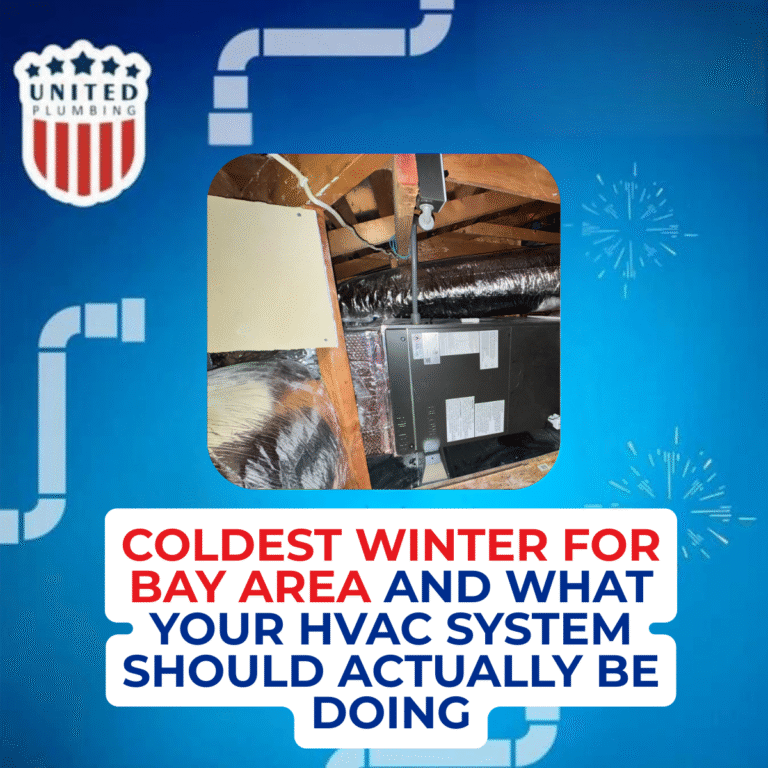
Coldest winter for Bay Area in 2025 And What Your HVAC System Should Actually Be Doing
If your home feels colder than usual this winter, you’re not imagining it. Bay Area home heating systems are being...
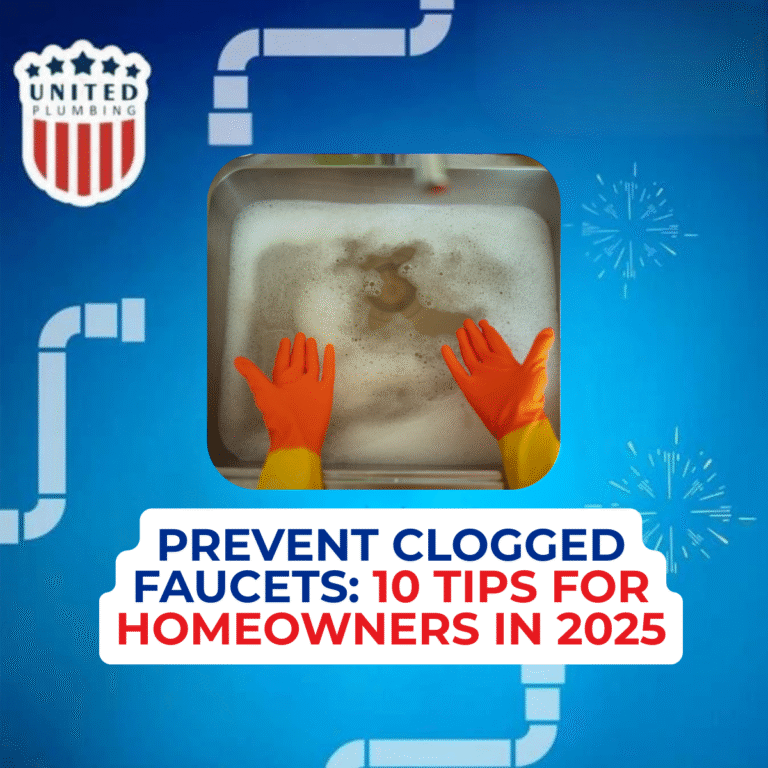
Prevent Clogged Faucets: 10 Tips for Homeowners in 2025
Clogged faucets are one of the most common service calls we handle in California homes, and the good news is that...


If you still have questions or need advice, please leave a request and we will contact you as soon as possible
Need a plumber and got no clue where to start?
(408) 539-6936Facing a plumbing issue? Get a FREE in-person estimate and quick solutions from our skilled technicians, ensuring your home runs smoothly again!
